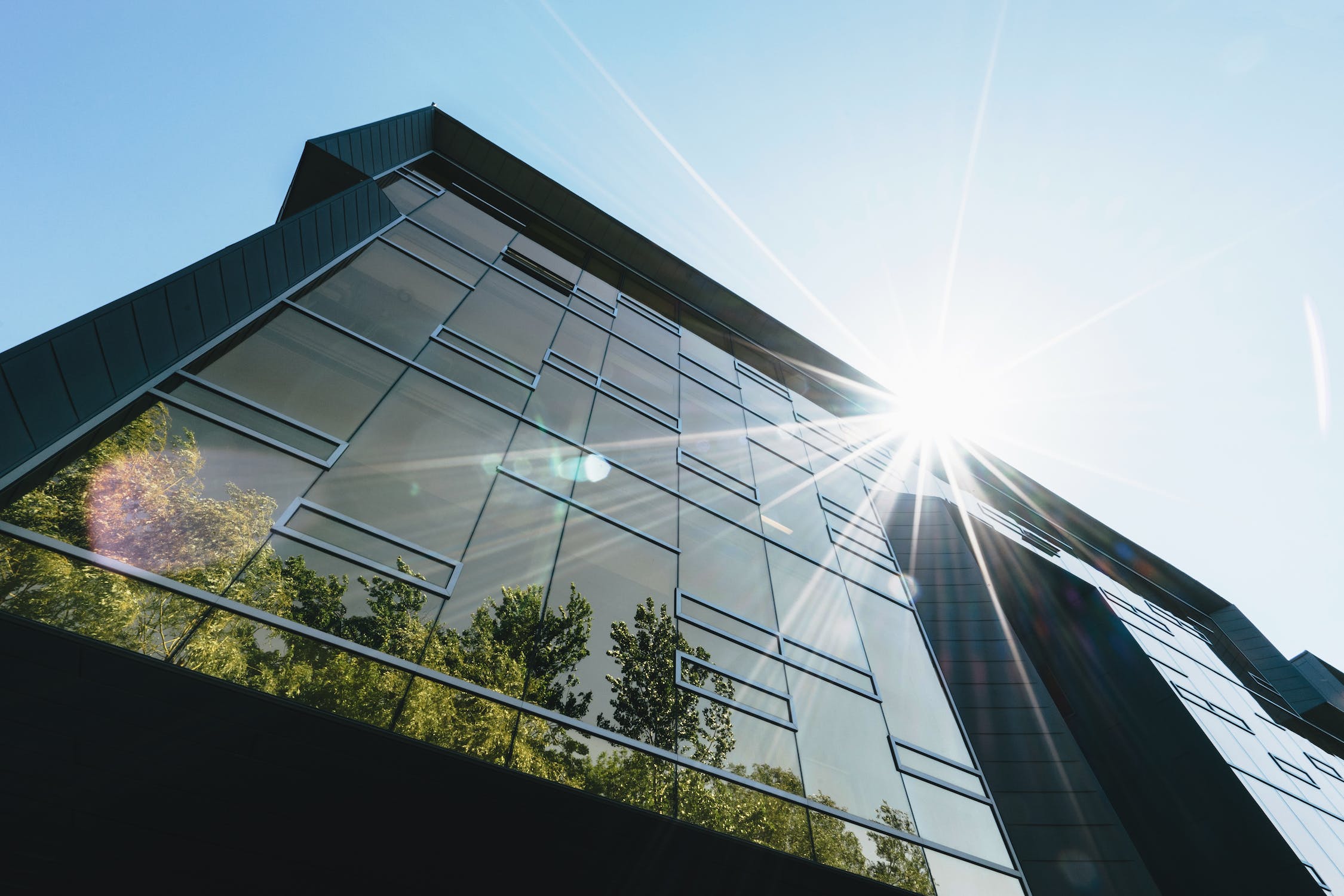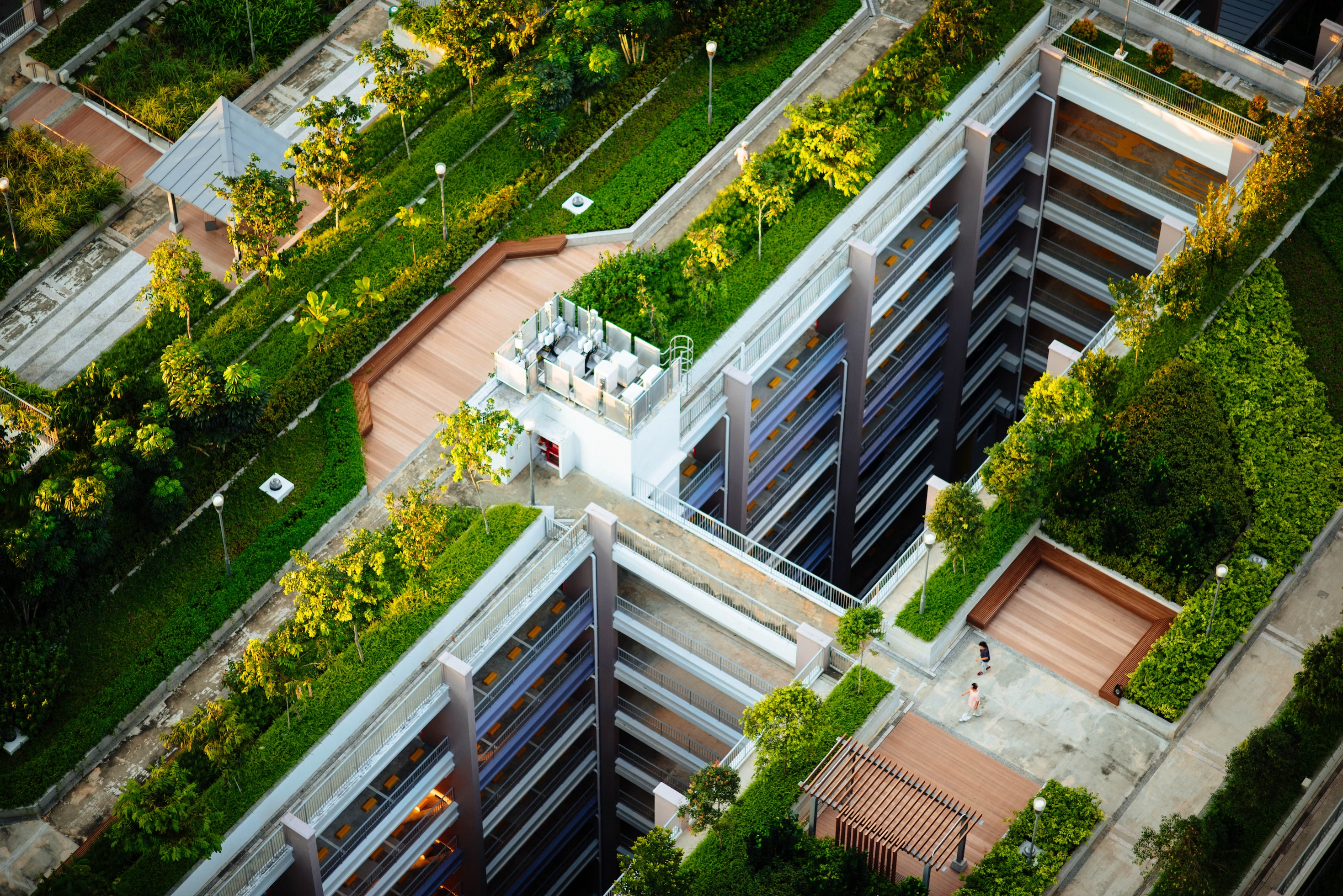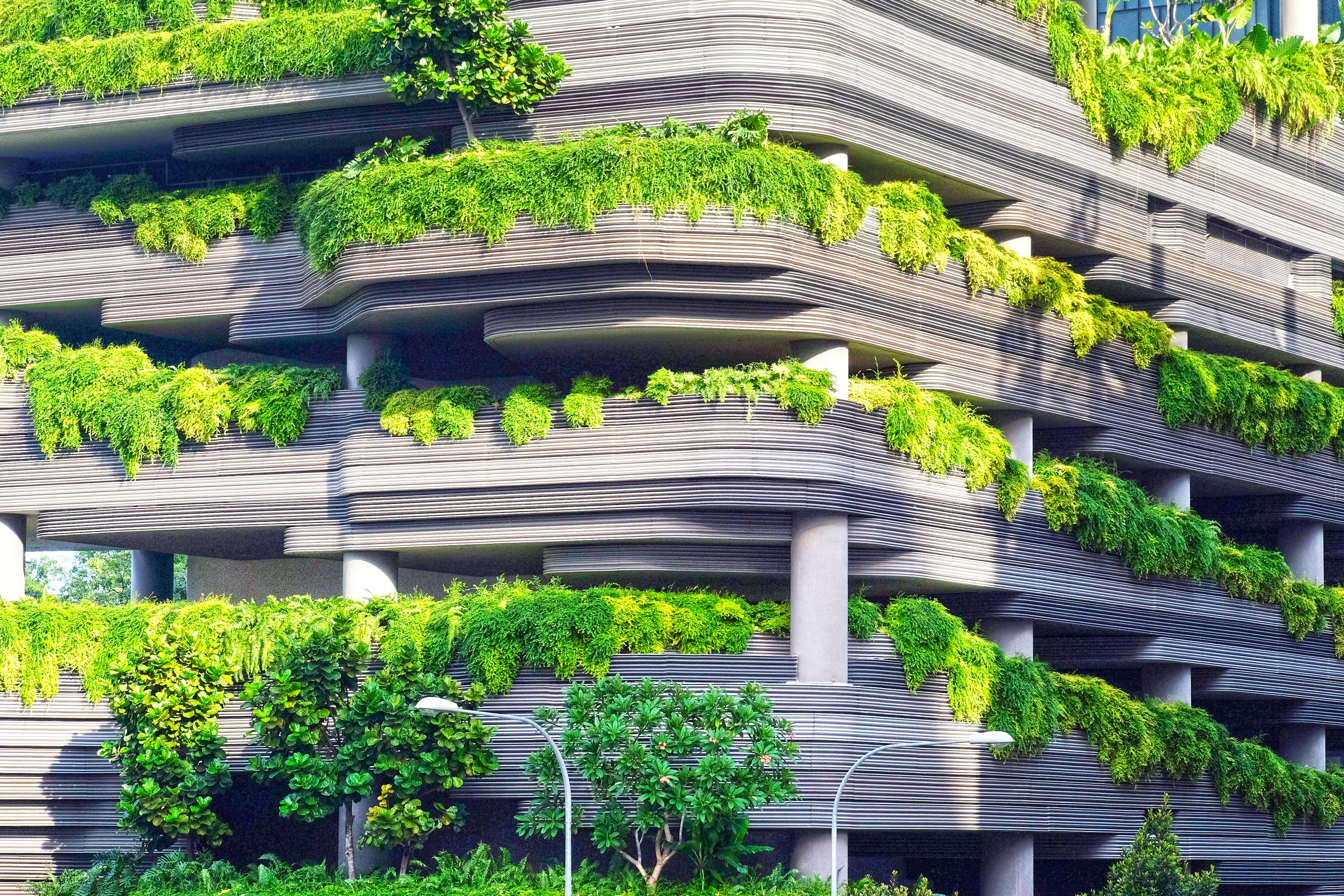Seizing Opportunities: The Soaring Demand for Sustainability Skills in the Built Environment
The built environment is where the majority of people spend their time living, working and playing. While maximizing functionality and beauty is key, there is another urgent component we must not overlook, and that is sustainability.

The built environment sector accounts for 10% of global GDP as well as 39% of global greenhouse gas emissions. In order to build spaces and structures that respect sustainability, a new breed of professionals and specialists is needed.
This is part of The Singapore Green Plan 2030 where the ultimate aim is to develop a green economy. In fact, this is a priority skill that is required in dozens of job roles across 17 sectors.
As urban centres grow and sprawl out, the future of built environment will have to integrate sustainability in both function and design. This means paying close attention to the longevity, recoverability and adaptability of the structures while reducing the carbon footprint during the construction process.
If you are seeking a career that is climate change-focused while working on the development of dynamic spaces, establishing yourself in sustainability in built environment might just be for you!
Sustainability In Built Environment
When a structure is built, there are many considerations that go into its construction. This includes the materials selected, energy use and long-term sustainability of the development.From utilising cool roofs to installing solar panels and rainwater harvesting systems, integrating sustainability into the built environment is a constantly evolving discipline.
It requires you to be flexible, creative and steadfast in your approach to ensuring the push towards sustainability is balanced with human comfort.
Why Sustainability is Crucial in Built Environment
Whether it is the office, the mall or our home, we spend the majority of our time in buildings and structures. This means our carbon footprint is centred indoors which could affect our energy consumption.From air-conditioning to water usage and unused spaces, the built environment plays a big role in how we interact with mother nature.
By intelligently incorporating elements of sustainability, you can reduce pollution of the environment, resource wastage and improve energy efficiency, all while catering to the comfort of occupants.

3 Reasons Why To Pursue A Career In Sustainability In Built Environment
1. Build A Vibrant Career In Real Estate, Planning & Design
As we move towards greener developments, the challenges in real estate planning and design are myriad.Whether you are designing an office space, mixed development or residential home, there will always be a unique challenge or constraint to work around.
In this field, problem-solving will be critical as you will have to balance the economic, social and environmental benefits of each structure and space to be built.
2. Become A Specialist & Gain Career Mobility In The Field
As this is a niche field, you will quickly develop into a specialist and be very career-mobile across the built environment sector.You will acquire in-depth knowledge of sustainability design, smart buildings, sustainable business model innovation and the latest digital technologies you can harness.
In addition, your education in circular economy and waste management allows you to seamlessly adapt spaces and developments to the changing demands of the market.
3. Build A Future-Proof Integrated Skillset
Energy efficiency is key and will be the bedrock of future sustainable developments.Acquiring key skills such as sustainability frameworks and sustainable digital technologies will equip you with an integrated skillset that will serve you as we move towards a digital future.
Data analytics for the built environment, for example, equips you with the knowledge on how to analyze and interpret data for more actionable insights. Allowing you to make better cost-saving decisions that are truly data-driven.

Forge A Career In Sustainability In Built Environment
In the field, there are many career paths you can choose, especially if you have a professional education in sustainability in built environment.This includes:
- Sustainability manager
- Built environment project manager
- Sustainability designer
- Building Information Modelling (BIM) Modeller
- Sustainability consultant
You will be at the forefront of ensuring the future of the world we live in is sustainable for generations to come.
Embark Towards A Career In Sustainability In Built Environment With SIM
To become a sustainability professional in built environment, you will need to learn the core skills necessary for initiating and accelerating your career progression.With SIM, we offer a comprehensive training programmes for mid-career working professionals in Sustainability in Built Environment and Sustainability Management in Built Environment.
Moreover, Singaporeans or Permanent Residents (PR) can access up to 90% of funding through SkillsFuture, accompanied by job facilitation support to aid in transitioning to new sectors.
You will learn the essential skill sets to help you forge a career in sustainability and advance your expertise in the built environment and beyond.
If you’d like to learn more about SIM’s SCTP course in Sustainability Management in Built Environment, get started by submitting an enquiry here.
